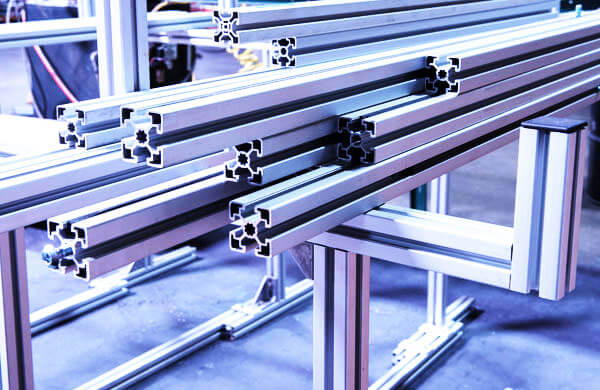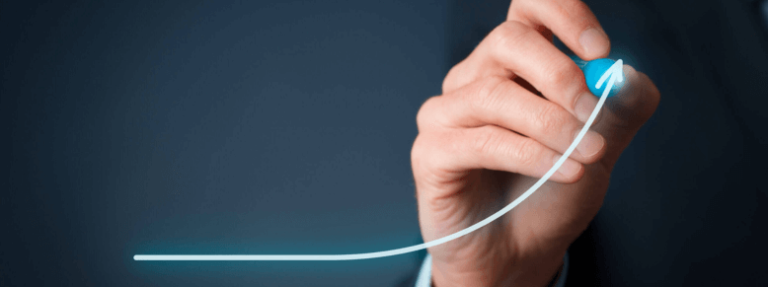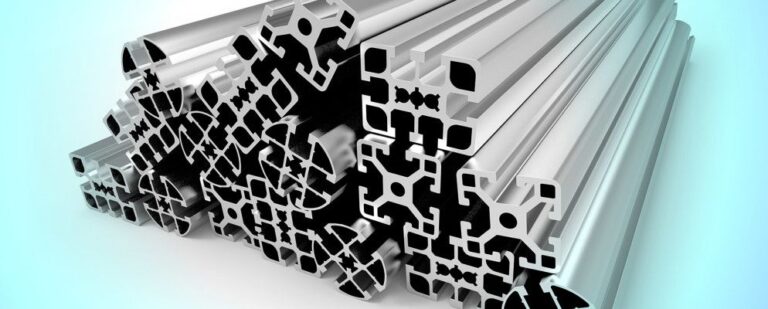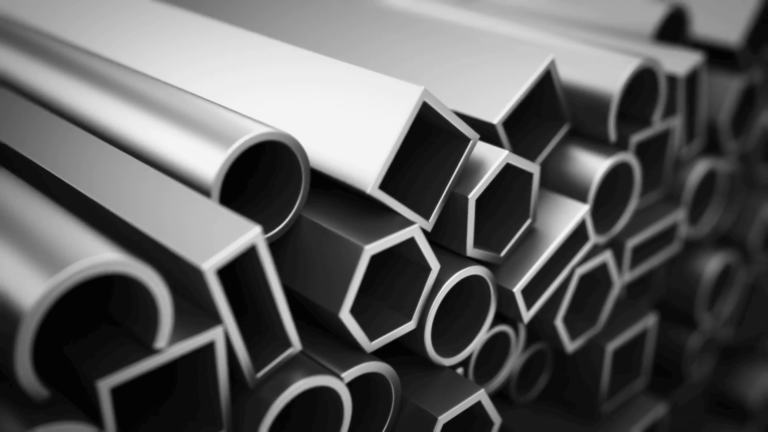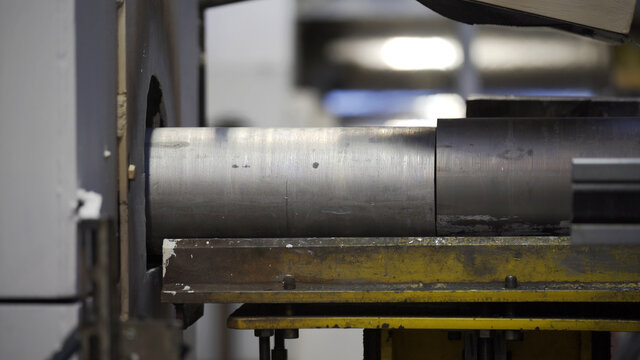Aluminum extrusion is a manufacturing process that involves shaping aluminum into a wide range of cross-sectional profiles. It is widely used in various industries due to its versatility, lightweight nature, and exceptional strength. The process involves shaping profiles of Aluminum into complex shapes by forcing them through a die. This article sheds light on the aluminum extrusion process by breaking it down into ten essential steps.
At JM Aluminium, our commitment to excellence sets us apart from the competition. We take pride in being a leading manufacturer in the industry, providing high-quality products and exceptional services to our valued clients. Whether searching for custom-made aluminum profiles or seeking reliable aluminum extrusion solutions, we are here to fulfill all your requirements.
The Process of Aluminium Extrusion
Aluminum extrusion is a commercial manufacturing method used to create aluminum profiles for diverse construction applications. During this process, the aluminum profile undergoes a series of procedures to meet the specific requirements and standards. This process also includes anodizing, powder coating, and painting so that the profile can withstand harsh environmental conditions and prevent the structure from corrosion and rust.
To help you understand various processes that are used the aluminum profile manufacturing, we have highlighted the ten major steps used in the aluminium extrusion process:
- Designing the Profile: The first step is to design the aluminum profile to a desired shape, with engineers, and designers working in close coordination with the clients, to understand their requirements and create the technical details.
- Billet Preparation: After designing, the process moves to billet preparation. A billet is a cylindrical block of aluminum alloy that serves as the raw material for extrusion. It is a heating process at a specific temperature to make it more malleable and easier to extrude.
- Loading the Billet: The heated billet is loaded into the extrusion press. The press is a powerful machine with a chamber where the billet is placed before extrusion, with the chamber being preheated to prevent the billet from cooling rapidly during the process.
- Extrusion: The extrusion begins as the billet is pushed through a specially designed opening in the press known as the die. The die determines the final shape of the aluminum profile, and with high pressure & force, the aluminum is softened through the die to form the desired shape.
- Quenching: After extrusion, the newly formed aluminum profile undergoes quenching, rapidly cooling the profile using air or water. Quenching helps improve the aluminum’s mechanical properties and ensures dimensional stability.
- Aging: Next comes the aging process, which involves heating the extruded aluminum profile at a controlled temperature for a specific period. This step enhances the strength and hardness of the aluminum, making it suitable for various applications.
- Straightening and Cutting: The extruded aluminum profile is now straightened to achieve the desired flatness and precision. It is then cut into the required lengths using saws or shearing machines.
- Surface Treatment: It is often performed to enhance the appearance and properties of the aluminum profile. Common surface treatments include anodizing, powder coating, and painting. These treatments provide corrosion resistance and make the profiles more aesthetically pleasing.
- Quality Inspection: Quality control is crucial in the aluminum extrusion process. The extruded profiles are thoroughly inspected for dimensional accuracy, surface defects, and other specifications to ensure they meet the required standards.
- Packaging and Delivery: Finally, the finished aluminum profiles are carefully packaged to protect them during transportation. They are then delivered to the customers, where they can be further fabricated or assembled for their intended applications.
Aluminum extrusion is a versatile manufacturing process that produces various aluminum profiles used in different industries and applications. By following the ten essential steps outlined here, manufacturers can create precise and high-quality aluminum products to meet the demands of modern design and engineering.
Extrusion is a series of steps that ensures the production of the profiles and makes them withstand various environmental factors. One of the greatest enemies of aluminum is rusting and corrosion. To overcome these, aluminum profiles are passed through various treatment processes, such as heat treatment, chemical treatment, etc., to achieve maximum usability and reduce maintenance costs.
JM Aluminium: Your Premier Aluminium Extrusion Partner
When it comes to aluminum profile and extrusions, JM Aluminium stands as a trusted partner, catering to a diverse range of industries and applications. Our dedication to excellence, advanced technology, customization options, premium materials, and customer-centric approach make us the preferred choice for clients seeking top-quality aluminum solutions.
We understand the importance of timely project completion. We ensure on-time delivery with streamlined processes and efficient logistics without compromising quality.Experience the advantages and unlock endless possibilities for your projects. Connect with us today and let our expertise transform your ideas into reality. With years of experience in the aluminum industry, our skilled professionals have unparalleled expertise in designing and manufacturing aluminum profiles. Get in touch with us for premium aluminum profiles & extrusions today!

